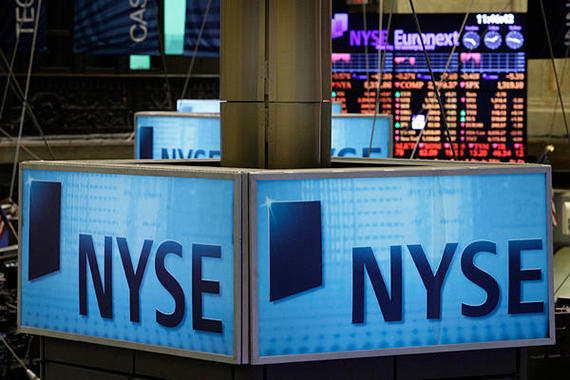Last week's NYSE outage was a test not only of their ability to get back on their feet, but also of their ability to clearly communicate what was going on to the general public. While there will no doubt be more details uncovered in the coming weeks (and potentially months), so far things seem to have calmed down. There are still a lot of questions that have yet to be answered, but the NYSE has done a good job of communicating with the public about its status. Here are a few lessons we can learn about handling a PR crisis from the recent outage.
Clearly State The Situation
Through their official Twitter account, the NYSE made it clear what was going on during the system glitch. When a PR crisis arises, it is crucial to communicate clearly with all parties involved and to make sure everyone is on the same page. A crisis is already problematic on its own; you cannot afford to be unclear when something comes up. Of course the NYSE halting trading didn't just affect those on the trading floor, it affected anyone across the entire globe that was trying to trade through that exchange. This meant it was of the utmost importance for them to make sure the public understood exactly what was happening.
Address Concerns
The suspension of trading undoubtedly struck a nerve with investors, especially in light of the grounded United Airlines flights and Wall Street Journal homepage outage that was happening at the time. It was up to the NYSE to make sure these concerns were addressed. They let everyone know through Twitter that the glitch was the result of an internal error and not a cyber breach, and that trading through other exchanges remained unaffected. Not only could investors be sure that this wasn't a malicious attack, but they could also see that other markets were still functioning. During a crisis it's important to make sure concerns are addressed so the offended party's imagination doesn't run wild.
State What Will Be Done to Correct the Issue
Making sure everyone's on the same page is a start, but it's just as important to come up with a solution to the problem. The NYSE promptly took action and suspended trading to make sure that the technical issue would not produce unintended consequences for traders. Not only did they take action, but they also explained why that action was taken.
During a crisis, it's important to take action to rectify the issue and minimize damages. Of course it is best to make sure that the solution is one that everyone is satisfied with, but this depends on the scope of the issue (the NYSE couldn't realistically ask if all of its users were okay with it suspending services). Either way, the worst thing you could do is to do nothing. Immediate action should be taken to correct the situation.
The Aftermath: Acknowledge Your Mistakes
The following day, the NYSE noted that everything was "business as usual" through Twitter, but they still posted a link to a debriefing of the system error on their website. When a crisis is over, it's important to acknowledge your mistakes. While that may not be enough to bring the offended customer back, others will appreciate the display of integrity, and that will only help boost your brand going forward.

